
Exploring The Ancient Cities of The Indus Valley Civilization
The Indus Valley Civilization was known as the Bronze Age civilization that existed in the Indian subcontinent’s northwestern area. The Indus Valley Civilization developed from 2600 BCE to 1900 BCE, and it can have had a population of around five million people at its height. The Indus Valley Civilization is known for its towns, which were built in a grid layout and had facilities like bathing platforms, theaters, and burial sites. These civilizations are also famous for using a standardized system of weights and measurements that were utilized across the civilization.
What was Indus Valley Civilization?
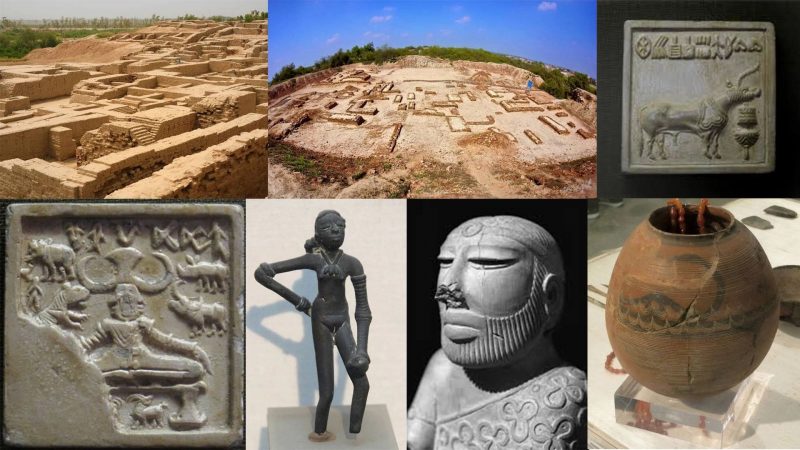
The Indus Valley Civilization was also known as the Harappan Civilization and was known as one of India’s four great eras. It is known for its grid-based methodical planning. The Indus Valley civilization covered North-East Afghanistan, Pakistan, and North-West India. This civilization existed in the Indus and Ghaggar-Hakra river basins. It was a significant time in India’s ancient history. The Indus Valley civilization was spread from 3300 BCE to 1300 BCE, with the greatest expansion between 2600 BCE and 1900 BCE.
Characteristics of the Indus Valley Civilization
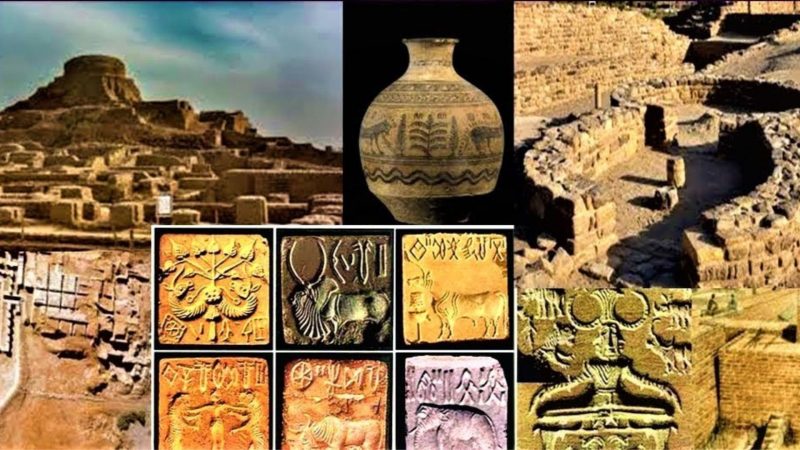
The Indus River system inspired the name of the Indus Valley civilization. The Indus River system has alluvial plains, where the Indus Valley civilization was discovered. The people of the Indus Valley civilization era domesticate animals such as sheep, dogs, goats, humped cattle, buffalo, and elephants. Mohenjo-Daro and Harappa were the capital cities. The Harappa site was first dug in the 1920s, followed by its types. Society was discovered to be highly planned. The main characteristics were-
- Houses made of baked brick
- Developed drainage system
- System of water supply
- A collection of massive non-residential structures
- New handicraft and metallurgical techniques
10 Ancient Cities of the Indus Valley Civilization
- Harappa
- Mohenjo-Daro
- Dholavira
- Lothal
- Kalibangan
- Rakhigarhi
- Surkotada
- Chanhudaro
- Ganweriwala
- Balakot
1. Harappa

Harappa was located in present-day Pakistan and was known as the largest city of the Indus Valley civilization. It was known as the center of trade and commerce. Harappa had a very well-planned and well-arranged layout which included public buildings, residential areas, and a drainage system. The Harappan civilization was known for its accurate systems of weights and measures and also for its pottery, seals, terracotta, drainage system, the way houses were made, and various sculptures.
2. Mohenjo-Daro
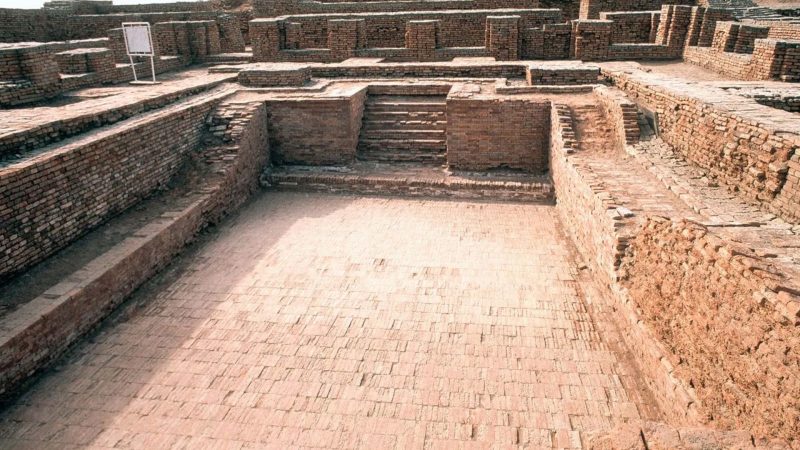
Mohenjo-Daro was located in present-day Pakistan. It was known for its well-maintained and sophisticated grid-like street systems, urban architecture and planning, and famous building like the great bath. Mohenjo-Daro was known as the most advanced city of that ancient time and was known for its sophisticated civil engineering and urban planning.
3. Dholavira

Dholavira was located in present-day Gujrat. It was one of the main and prominent and important cities of the Indus Valley Civilization. Dholavira was known for its advanced and up-to-date water management system which included sophisticated rainwater harvesting and storage techniques.
4. Lothal
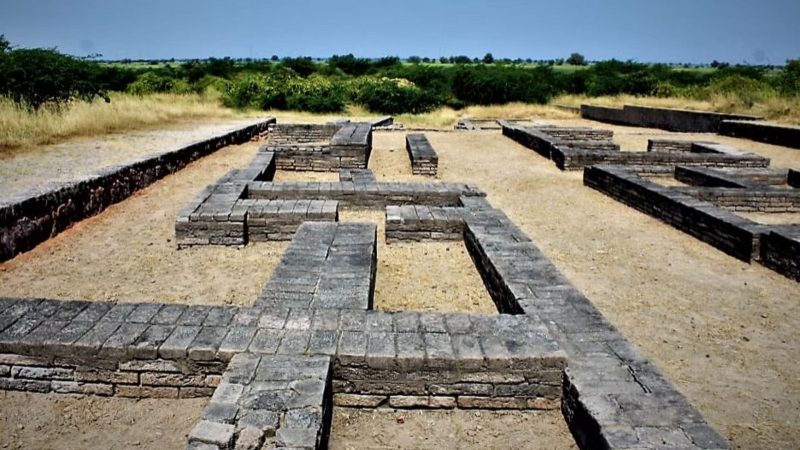
Lothal was located in present-day Gujrat and was known as an important center for trade and commerce. Lothal was known for its famous dockyard which helped in the easy movement of goods by sea.
5. Kalibangan

Kalibangan was located in present-day Rajasthan. Kalibangan was a very important city in the Indus Valley Civilization. Kalibangan was known for its public headings, fortified walls, and sophisticated and well-managed water system.
Also Read:
11 Ancient & Creepy Books That Might Change The Way You Look At Things
6. Rakhigarhi

Rakhigrahi was located in present-day Haryana. It was one of the largest and most important sites of the Indus Valley Civilization. Rakhigarhi was known as the center of manufacturing and trading with large-scale productions of goods like beads and pottery.
7. Surkotada

Surkotada was located in present-day Gujrat. Surkotada was a very small city in Indus Valley Civilization and was famous for its unique ways of animal husbandry practices which also included evidence of domesticated horses.
8. Chanhudaro

Chandudaro was located in present-day Sindh, Pakistan. Chandudaro was a small city which was known for its unique and well-preserved structures which included houses with courtyards and granaries.
9. Ganweriwala
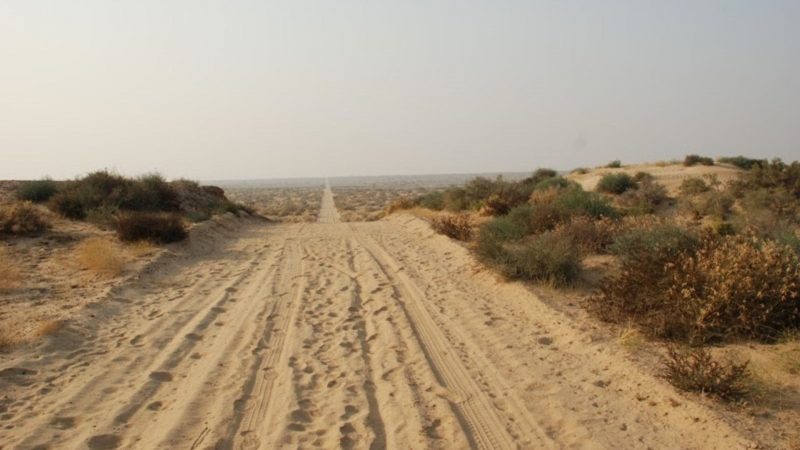
Ganweriwala was located in present-day Pakistan. It was a small city of the Indus Valley Civilization. Ganweriwala was known for its unique architectural features which also included a public bath and circular granary.
10. Balakot
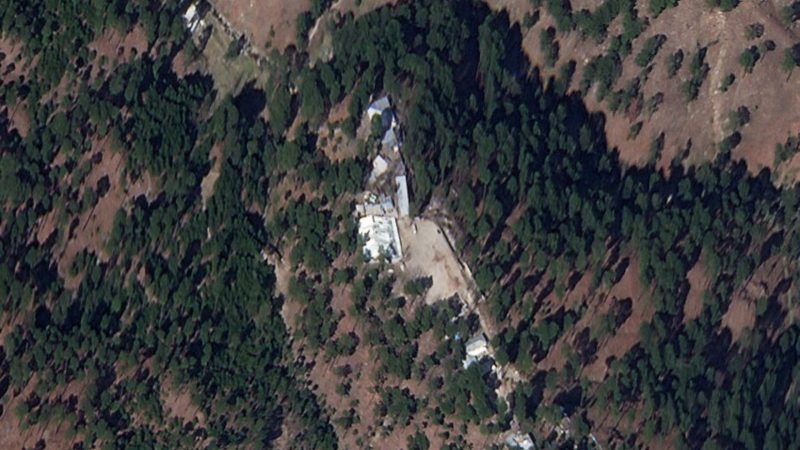
Balakot was located in present-day Khyber Pakhtunkhwa, Pakistan. Balakaot was famous as it was a coastal city of the Indus Valley Civilization and was known for its maritime trade and commerce.
Some Major Achievements of the Indus Valley Civilization
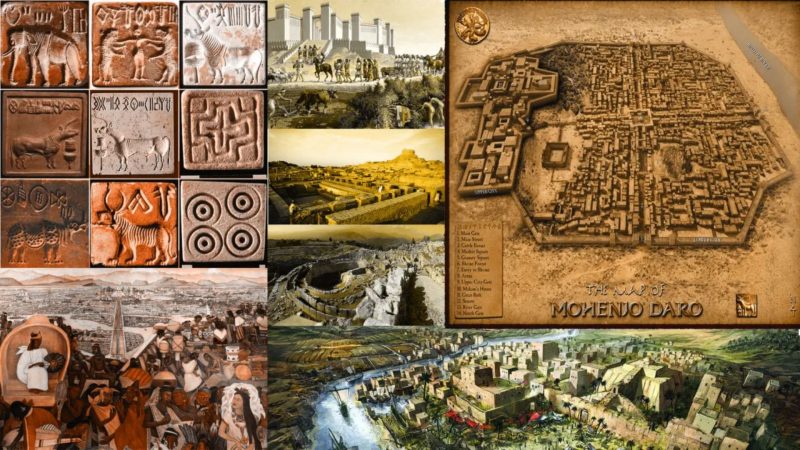
The Indus Valley Civilization is known for its diverse, remarkable, and successful achievements. Below mentioned are some of the major accomplishments achievements.
- Art and Architecture: Indus Valley Civilization is known for its architecture. The city is full of brick buildings, efficient drainage systems, and granaries. It also included several impressive arts such as sculptures, seals, and many more.
- Use of metals and writing system: The Indus Valley Civilization developed their own writing materials and weapons and tools which were made using copper and bronze.
- Water management: The Indus Valley civilization people effectively manage all the water sources and made a major contribution to the success. Examples of effective contributions are larger canals, dams, irrigation systems, and many more.
- Agriculture: The talented people of the Indus Valley Civilization had extensive knowledge about various agricultural techniques such as crop rotation and many more which resulted in producing high-yield crops and improving water management.
- Trade networks: The Indus Valley Civilization engaged large-scale trading networks to exchange all goods on an international and domestic level. This helped in building new collections and expanding the influence of other civilizations.
The Indus Valley Civilization’s archaeological and cultural information has provided people with an invaluable glimpse into our human past and helped us understand the history, culture, technologies, and beliefs of this ancient civilization.
Also Read:
Ancient Pillars, Shivlinga, Idols Of Deities Found At Ayodhya Temple Site



